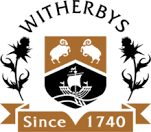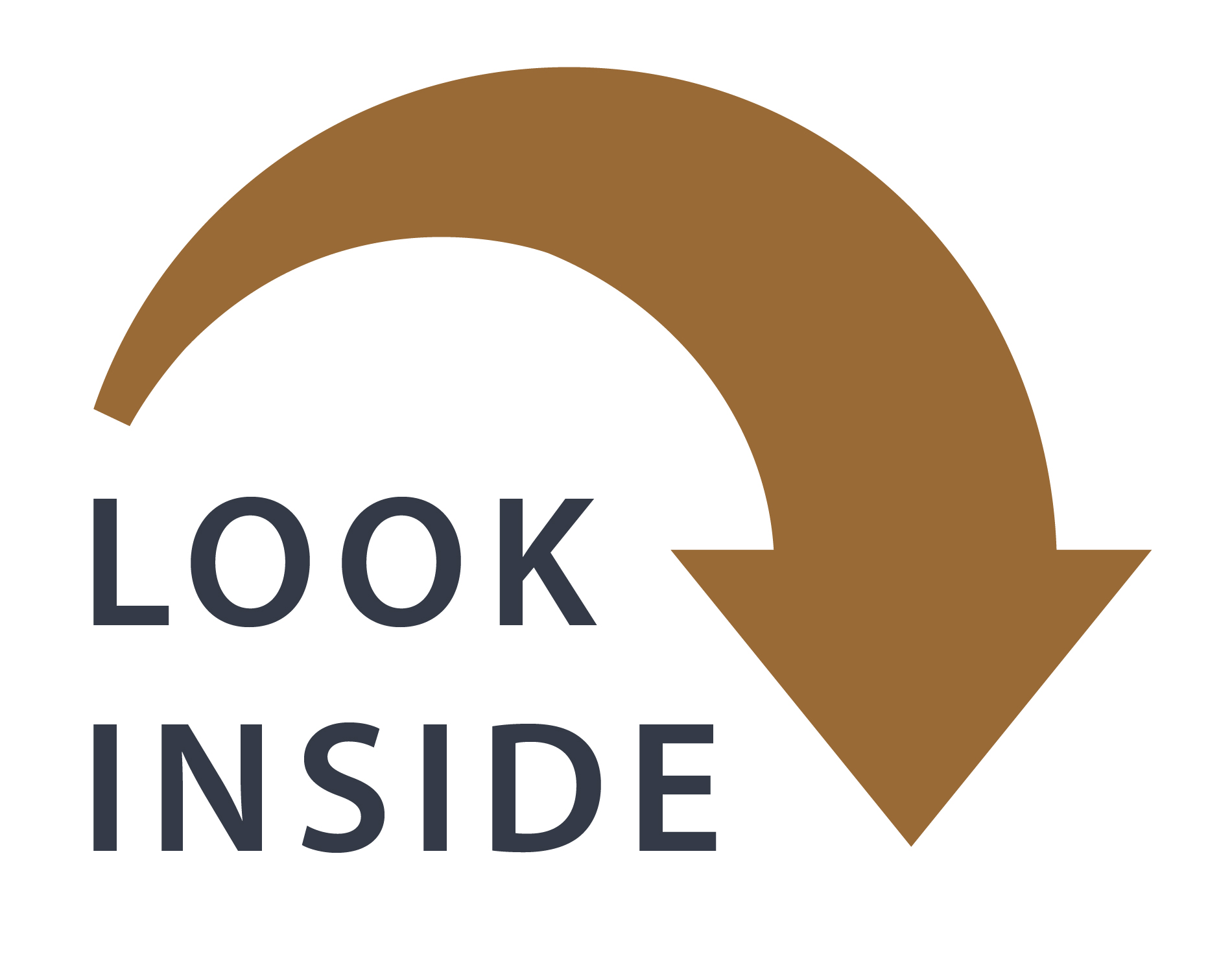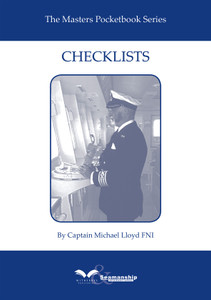
This 14th edition has been fully revised to reflect current requirements in the management of ballast water since ratification of the BWM Convention.
To assist ship owners with compliance, it sets out national and international ballast water legislation as well as Port State Control and ship administration requirements.
It includes practical considerations relating to system selection, installation/retrofitting, onboard operation, maintenance, monitoring and reporting.
This publication provides up-to-date guidance on BWM regulations and equipment options and will assist ship owners with transition to full compliance with the BWM Convention.
It looks in detail at the various treatment systems and technologies, significant components and the implications for onboard operation, maintenance and contingency measures.
Since 28th October 2020, only BWMS holding a revised 2016 G8/BWMS Code certificate have been permitted to be installed. The book provides an extensive set of data sheets on systems that have been type approved through the USCG and BWM Convention testing procedures. These summarise the treatment technology, type approval certification and system design limitations, so that ship owners can evaluate different systems and make an informed decision before purchasing.
The Appendices contain an updated list of IMO Guidance Documents for the BWM Convention. They also describe key invasive species and illustrate native and invasive geographic ranges. A set of technical diagrams is also provided showing an example technical layout of a BWMS.
The discharge of untreated ballast water (BW) has been a key factor in the transfer of non-indigenous aquatic species that have subsequently established and become pests in various parts of the world. The economic and environmental damage these invasive species can cause has been well documented and the importance of managing untreated BW on board ships cannot be overstated.
National and international regulations to control the spread of non-indigenous aquatic species through the management of BW by ballast water exchange (BWE) have been in effect in most regions and ports for many years. The International Convention for the Control and Management of Ships' Ballast Water and Sediments (BWM Convention) entered into force on 8th September 2017. As of June 2023, there were 95 contracting States to the BWM Convention, representing approximately 92.41% of the world's merchant shipping tonnage.
The BWM Convention has been fully in effect for four years. Between 8th September 2019 and 8th September 2024, all applicable existing ships will have to comply with the D-2 standard by the ship?s next IOPP renewal date.
The United States is not party to the BWM Convention and its ballast water regulations, affecting ships that only discharge ballast in US waters, have been fully in effect since 1st January 2016. The Vessel Incidental Discharge Act (VIDA) 2018 was enacted in December 2018 with the goal of bringing ballast water legislation in the US under one regulatory umbrella. The revised requirements will not be enforceable until at least December 2026, but it is important to note that the current US ballast water regulations are in force and full effect until that time.
With so many BW systems on the market all claiming to meet the standards of the IMO Convention and USCG discharge rule, it is understandable that there has been an element of confusion for decision makers in the shipping industry. However, since 28th October 2020, only BWMS holding a revised 2016 G8/BWMS Code certificate have been permitted to be installed. The revised 2016 G8/BWMS Code testing regime is more comprehensive and thoroughly tests the BWMS for efficacy before awarding Type Approval. The new Type Approval certificates list the system design limitations (SDLs) of each approved BWMS so that ship owners have more information with which to make an informed decision before purchasing. Biological sampling as part of commissioning testing of the BWMS during the initial survey after installation and before issuance of the IBWMC is now mandatory. This will also provide reassurance of the proper operational capabilities of an installed BWMS.
Foreword
Abbreviations
Part One: Introduction and Regulations
Chapter One: Introduction
1.1 Ballast Water
1.2 The Timeline for Legislation
1.3 The Ship as a Carrier
1.4 Aquatic Species
1.5 Pathogens
1.6 Age of Ballast Water
1.7 Ballast Tank Configuration
1.8 Biofouling
Chapter Two: IMO Regulations
2.1 States Contracting to the BWM Convention
2.2 Application of the BWM Convention
2.3 The IMO Approval Process
2.4 Same Risk Area (SRA) Concept (the Management of Risk)
2.5 The Schedule for Compliance
2.6 Transparency and Effectiveness of G8 Type Approval
2.7 Port State Control Procedures for Sampling and Analysis
2.8 Ballast Water Management Manual - How to do it
Chapter Three: Requirements in the United States
3.1 Summary of Current Requirements
3.2 Development of Current US Legislation
3.3 US Coast Guard (USCG)
3.4 Environmental Protection Agency (EPA)
3.5 State Requirements
3.6 Future Requirements Resulting from VIDA 2018
Chapter Four: Local and Regional Regulations
4.1 Americas
4.2 Europe
4.3 United Kingdom
4.4 Asia and the Middle East
4.5 Oceania
4.6 Polar Waters
Chapter Five: Alternatives to Using a BWMS On Board
5.1 Port Reception Facilities
5.2 Contingency Measures
5.3 Port-based BW Treatment
5.4 Sediment Control
Part Two: Implementation of Regulations
Chapter Six: Port State Authorities and Port State Control
6.1 Port State Requirements
6.2 Existing Conditions
6.3 Notification
6.4 Inspection, Monitoring and Enforcement
Chapter Seven: The Financial Implications of BWM Legislation
7.1 Cost of Compliance
7.2 Cost of Ballast Water Management Systems (BWMS)
7.3 Issues and Costs for BWMS Manufacturers
7.4 Cost of Ballast Water Exchange (BWE)
Part Three: Treatment Systems and Operation
Chapter Eight: Introduction to Treatment Technologies
8.1 Ballast Water Management System (BWMS) Requirements
8.2 The Evolution of Ballast Water Management Systems
Chapter Nine: Physical Separation, Thermal, Ultraviolet and Plasma Technologies
9.1 Physical Separation
9.2 Heat Treatment Technology
9.3 Ultraviolet Radiation/Advanced Oxidation Technology
9.4 Plasma Technology
Chapter Ten: Deoxygenation, Magnetic and Ultrasonic/Cavitation Technologies
10.1 Deoxygenation/Supersaturation Technology
10.2 Magnetic/Electric Field Technology
10.3 Ultrasonic and Hydrodynamic Cavitation Technology
Chapter Eleven: Chemical, Biocide and Electrochemical Technologies
11.1 Chemical and Biocide Technology
11.2 Electrochemical Technology
Part Four: Practical Installation and Retrofitting Considerations
Chapter Twelve: Choosing a BWMS
12.1 Making the Decision
Chapter Thirteen: The Design Stage (Feasibility Study and 3D Scan)
13.1 Retrofit Planning
13.2 Retrofitting: Feasibility Study
13.3 The 3D Scan
13.4 The Design Engineering Stage
13.5 The Role of Class
13.6 Selection of Retrofit Location
Chapter Fourteen: The Installation Process 175
14.1 Simplified Overview
14.2 Detailed Overview
14.3 Before Entering the Retrofit Facility
14.4 During the Stay in the Retrofit Facility
14.5 Departing the Retrofit Facility
14.6 Technical Installation and Retrofit Facility/Dry-dock Challenges
Chapter Fifteen: Commissioning of the BWMS
15.1 Delays in the Commissioning Process
15.2 IMO Commissioning Guidance
15.3 Other Considerations
Part Five: Operations
Chapter Sixteen: Ship Administration of BWM
16.1 The Ballast Water Management Plan
16.2 Duties of the Ballast Water Management Officer
16.3 Ballast Water Record Book
16.4 Surveys
16.5 Certification
16.6 Ballast Water Reporting
16.7 Training
Chapter Seventeen: Ballast Water Sampling/Monitoring
17.1 Monitoring Capability
17.2 Arrival Ballast Conditions
17.3 Monitoring Levels
17.4 Post-treatment Monitoring
17.5 Sampling
17.6 Sediment
17.7 Test Methods
17.8 Ballast Tank Entry
Chapter Eighteen: Maintenance and Operational Issues
18.1 Maintenance Issues
18.2 Operational Issues
18.3 Emergency/Contingency Measures
Chapter Nineteen: Ballast Water Exchange (BWE)
19.1 BWE Operational Considerations
19.2 Sequential BWE Method
19.3 Flow Through BWE Method
19.4 BWE Operations Checklists
Chapter Twenty: BW Systems with No Active Substances (G8)
BW Systems with No Active Substances Type Approved under the 2016 G8 Guidelines or the BWMS Code
20.1 Aquarius: UV BWMS
20.2 ARA Plus+ BWMS
20.3 BAWAT BWMS Mk2
20.4 BIO-SEA BWTS
20.5 Blue Ocean Shield (BOS) BWMS
20.6 BSKY BWMS
20.7 CompactClean BWMS
20.8 Cyeco BWMS
20.9 Evolution BWMS
20.10 GloEn-Patrol 2.0 BWMS
20.11 Hyde GUARDIAN-US BWTS
20.12 KBAL BWMS
20.13 LanghBW BWMS
20.14 LeesGreen BWMS
20.15 Miura HK BWMS
20.16 NiBallast BWMS
20.17 NGT BWMS (previously MMC BWMS)
20.18 Optimarin Ballast System (OBS)
20.19 PACT marine BWMS
20.20 PureBallast 3.2 BWMS
20.21 Purestream BWMS
20.22 Seascape-BWMS
20.23 Semb-Eco LUV BWM
20.24 SKF BlueSonic BWMS
20.25 TLC-BWM
Chapter Twenty One: BW Systems using Active Substances (G9)
BW Systems using Active Substances Type Approved under the 2016 G8 Guidelines or the BWMS Code
21.1 Aquarius EC BWMS
21.2 AQUASTAR BWMS
21.3 ATPS-BLUEsys BWMS
21.4 BalClor BWMS
21.5 BALPURE BWTS
21.6 BlueBallast II Plus NK-O3 BWMS
21.7 CleanBallast-Ocean Barrier System (CB-OBS) BWMS
21.8 Ecochlor BWMS
21.9 EcoGuardian BWMS
21.10 ECS-HYCHLOR BWMS
21.11 Electro-Cleen System (ECS)
21.12 ERMA FIRST BWTS
21.13 HiBallast BWMS
21.14 InTank BWTS
21.15 JFE BallastAce BWMS
21.16 MICROFADE II BWMS
21.17 OceanGuard BWMS
21.18 Oceansaver BWTS MKIIB
21.19 oneTank BWMS
21.20 Purimar BWMS
21.21 SeaCURE
21.22 Senza BWMS (previously known as KURITA BWMS)
Chapter Twenty two: Approval Status of Systems
22.1 The BWM Convention
22.2 USCG Ballast Water Regulations
Appendices
A1 Key Invasive Species
A2 IMO Guidance Documents for the BWM Convention
A3 Example Technical Layout of ERMA FIRST BWTS using a HYDAC RF Filter
Dr Captain Nadeem Anwar
Master Mariner, FNI, SFHEA, ACII, DoS, PGCEL, MSc (Maritime Operations), BSc (Quality Management), CertEd
Having completed pre-sea training in 1983, Capt Anwar sailed on a variety of ship types, including VLCCs, OBOs, O/Os, gas and chemical tankers. His time at sea was mainly spent in deep-sea trade, which gave him a wide-ranging experience of navigating in different areas of the world. He left sea while in command in 1998.
In education since 1998, he is now Senior Lecturer in the Petrochemical section at Warsash Academy and Leader for MSc Shipping Operations (online).
- Number of Pages:
- 420
- ISBN:
- 1914993620
- Published Date:
- September 2023
- Book Height:
- 297 mm
- Book Width:
- 210 mm
- Weight:
- 2.3 kg
- Publication Date:
- September 2023
- Preview:
- Yes
 Witherbys.com
Witherbys.com





